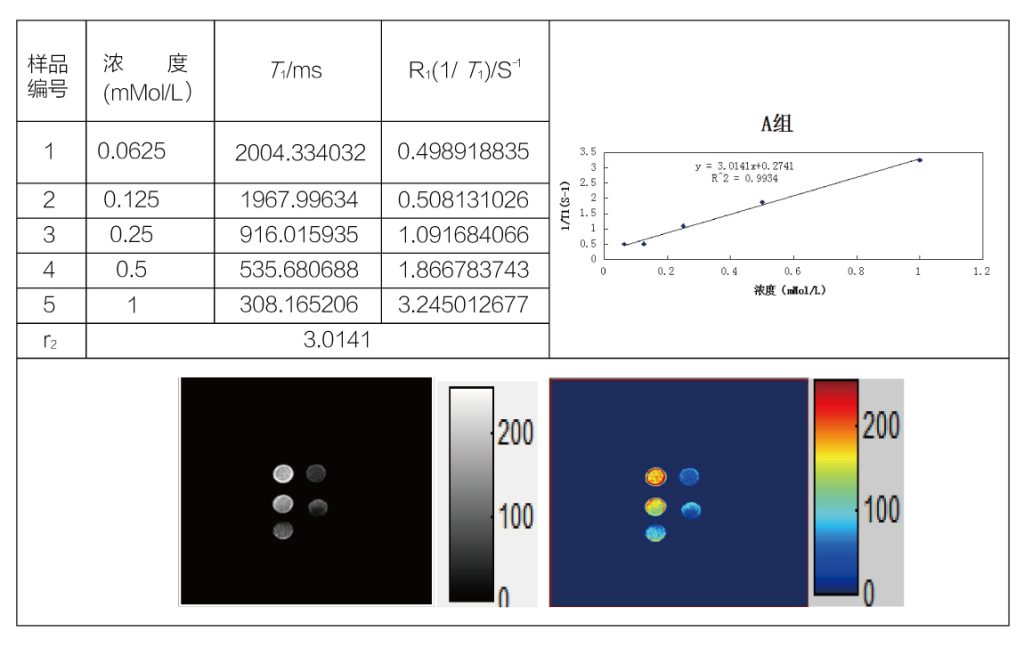В области медицинской визуализации, Магнитно-резонансная томография (МРТ) выступает в качестве основного инструмента, предлагая беспрецедентное понимание внутренней работы человеческого тела. Эффективность МРТ, однако, значительно усиливается за счет использования контрастных веществ для МРТ. (Центры МРТ). Эти агенты улучшают видимость внутренних структур., thereby facilitating more accurate diagnoses.
At the core of MRI CAs lies their ability to influence the relaxation times of surrounding water protons, a property measured by NMR relaxometry. This technique, which involves the assessment of longitudinal (Т1) and transverse (Т2) relaxation times, is fundamental in understanding and improving the performance of MRI CAs.
NMR relaxometry provides a quantitative evaluation of the relaxivity of CAs, a parameter that dictates the efficiency of an agent in shortening relaxation times. With a high relaxivity, even a small amount of an agent can produce a significant contrast effect, making the imaging process more efficient and reducing the dosage required.

Innovative advancements in NMR technology have led to the development of compact NMR imaging analyzers, such as the NMI20-015V-I, which are specifically designed for the study of MRI CAs. These devices offer a rapid and reliable means of testing T1 and T2 relaxation times and can even perform imaging on test tube samples, providing both qualitative and quantitative data.
Our exploration into the world of MRI CAs through the lens of NMR relaxometry has revealed two case studies that exemplify the application of this technology. The first case delves into the T1 relaxation and T1-weighted imaging analysis of an MRI CA, showcasing the agent’s ability to alter the relaxation dynamics of protons in a controlled environment.
The second case study presents an analysis of T2 relaxation and T2-weighted imaging, highlighting the profound impact of the CA on the transverse relaxation process. These analyses are crucial for understanding the behavior of MRI CAs in different physiological conditions and for optimizing their formulation to achieve the desired imaging outcomes.

The use of NMR relaxometry not only accelerates the development of new MRI CAs but also enhances the refinement of existing ones. By providing a deeper understanding of the relaxation mechanisms, this technique is instrumental in advancing the field of medical imaging, offering clinicians clearer images and, consequently, more precise diagnostic capabilities.
В заключение, the synergy between NMR relaxometry and MRI Contrast Agents is a testament to the power of scientific innovation in healthcare. As we continue to push the boundaries of what’s possible, the future of medical diagnostics looks brighter with each advancement in our ability to visualize the intricacies of the human body.
 заплесневелый
заплесневелый